Space science and Technology experiments
The purpose of the space science and technology demonstration is to advance science and technology research, expand human knowledge, inspire and educate the next generation, foster development of space and demonstrate capabilities to enable future exploration missions. We sincerely deem that the expedition for mankind to universe loads far more distant than the border amid our territories, yet together we can use space technology to make the world a better place.
l HXMT (Hard X-ray Modulation Telescope satellite)
Hard X-ray Modulation Telescope satellite, referred to as HXMT satellite, is China's first space observatory to receive cosmic X-rays. This satellite can achieve wide-band X-ray receiving, high-agility and high-space-resolution special imaging, which facilitate the study of cosmic X-ray radiation, high-energy objects such as collapsar, pulsar.
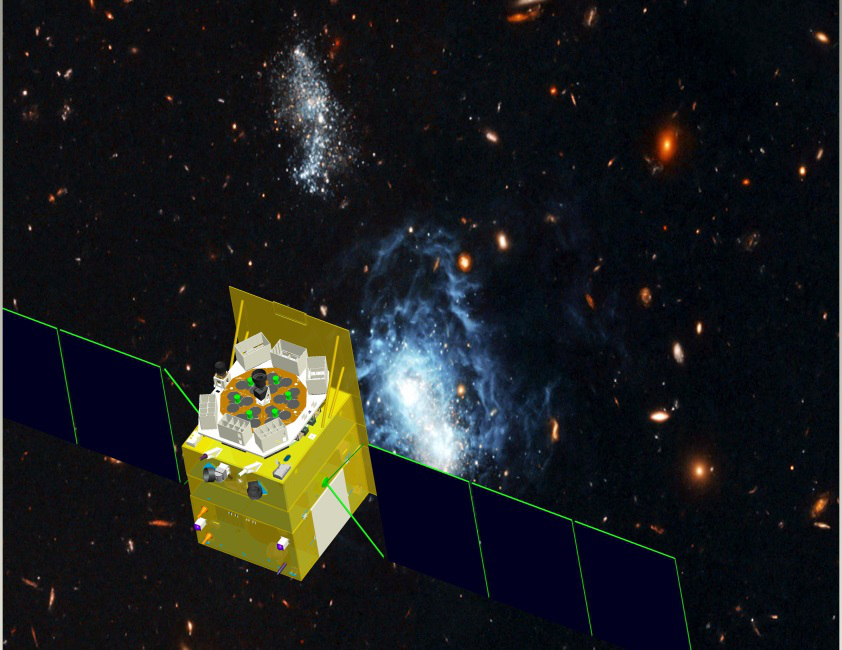

l Scientific objective
The main scientific objectives of HXMT are:
? To scan the Galactic Plane to find new transient sources and to monitor the known variable sources.
? To observe X-ray binaries to study the dynamics and emission mechanism in strong gravitational or magnetic fields.
? To find and study gamma-ray bursts with its anti-coincidence CsI detectors.
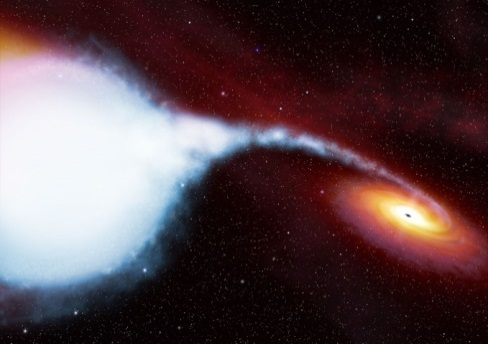
Fig. Illustration of Cyg X-1, the most famous black hole X-ray Binary, which is the main target of HXMT
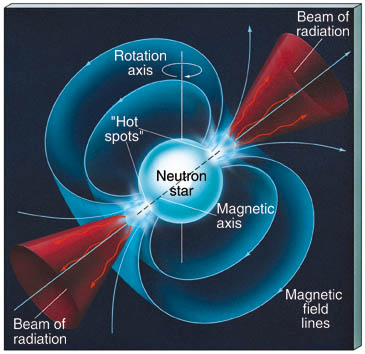
Fig. Illustration of pulsars, which are main targets of HXMT
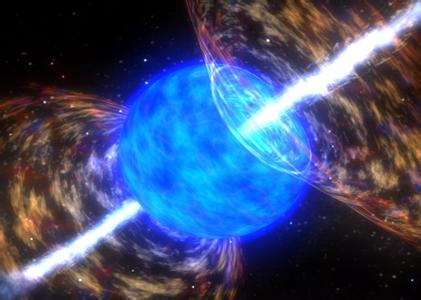
Fig. Illustration of Gamma-Ray Bursts (GRB), which are main targets of HXMT.
l Payloads
HXMT consists of three main payloads: the High Energy X-ray telescope (HE, NaI/CsI, 20-250 keV, 5100 cm2), the Medium Energy X-ray telescope (ME, Si-PIN, 5-30 keV, 952 cm2), and the Low Energy X-ray telescope (LE, SCD, 1-15 keV, 384 cm2).
All these three telescopes employ slat collimator technique. Using the Direct Demodulation method and scanning observations, HXMT can localize celestial sources from X-rays to soft gamma-rays with high spatial resolution; meanwhile the large detection area of these telescopes also allows for pointed observations with high statistics and high Signal to Noise Ratio (SNR).
HXMT will discover a large number of new transient X-ray sources and will study the temporal and spectral properties of accreting black hole and neutron star systems in more details than the previous X-ray missions.
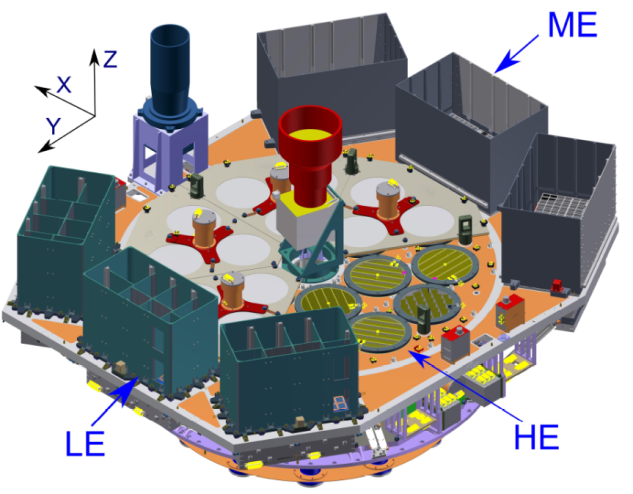
l Recoverable Satellites
Till 2022, CAST has successfully developed 24 recoverable satellites. Over the past 40 years, recoverable satellites have made great achievements in land resources surveys, new technology experiments, space agriculture, etc., making tremendous contributions to national economic boom and expedite scientific and technical progress.
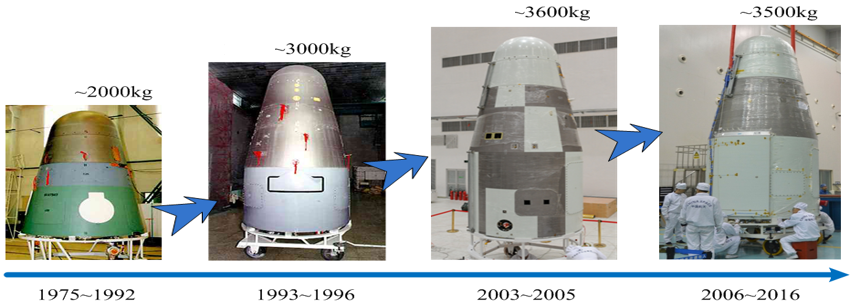
In retrospect, the first generation of remote sensing satellites are recoverable satellites. This kind of satellites usually consist of re-entry capsule and instrument cabin. These days, recoverable remote sensing satellites have been replaced by transmission remote sensing satellites, yet they still play an important role in the field of space science. Tasks such as genetic engineering, materials engineering, micro-gravity experiments necessitate these satellites to bring samples to the outer space and retrieve.

By now the cabin’s maximum effective burden is exceedingly promoted from 1.8 kilogram to 4 tons during the last decades. The newest version of recoverable satellite has the capacity of reusability, thus the ability of scientific experiment has been dramatically promoted.
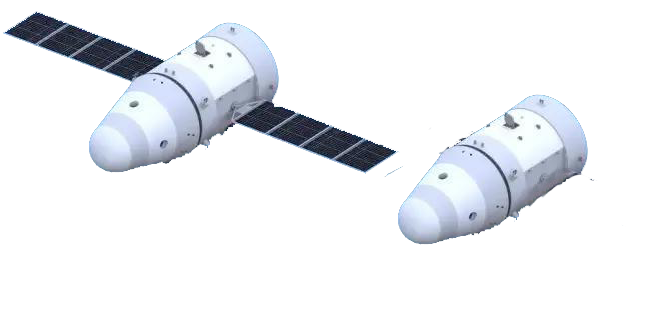
Schematic diagram of future recoverable satellites
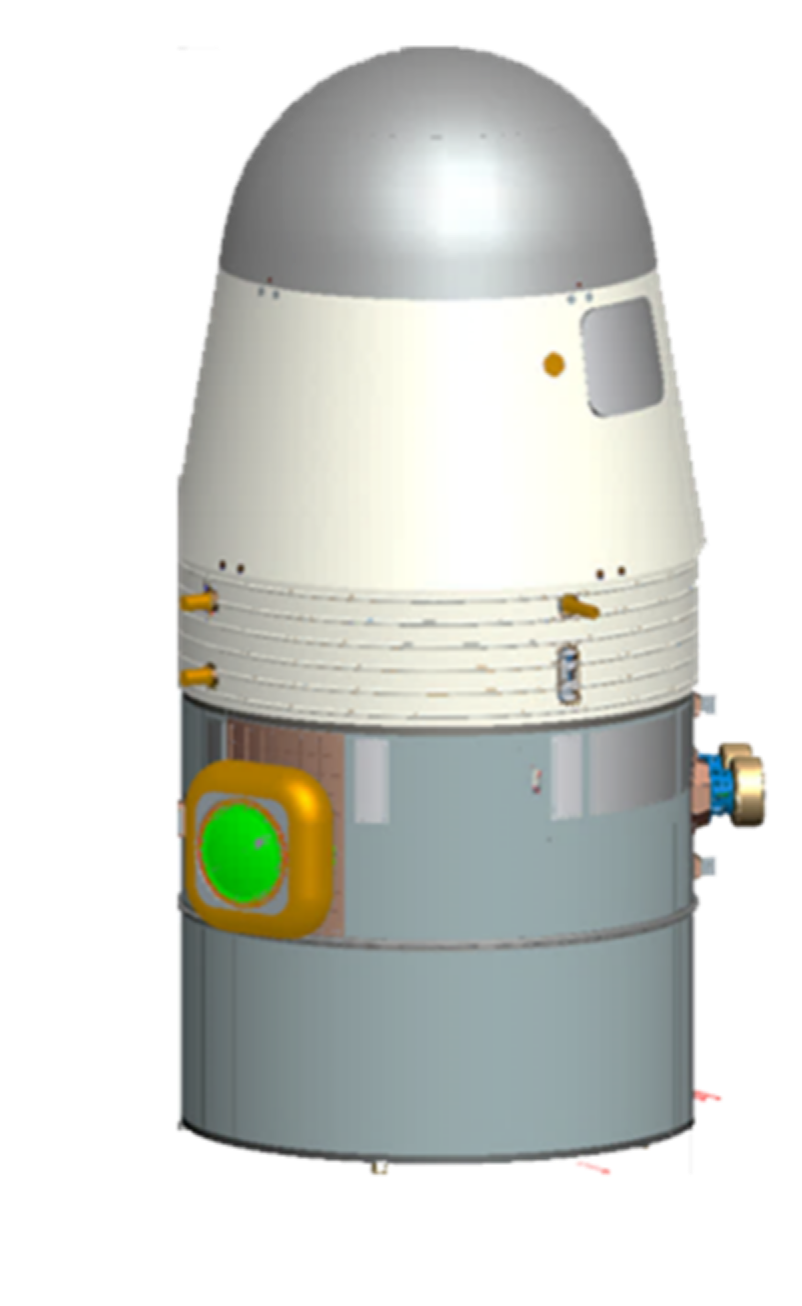
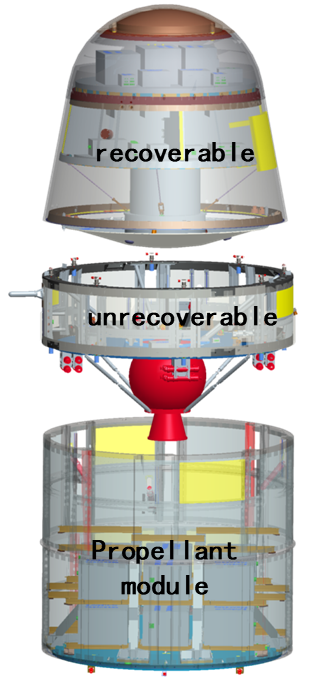
|
Items |
Description |
|
Mass |
3550kg |
|
In-orbit time |
10-20days |
|
Times of restore ability |
10-15 |
|
Payload capacity |
500kg (recoverable) +200kg (unrecoverable) |
|
Power supply |
Disposable chemical battery, 8000Ah,400W |
|
Bitrate |
150Mbps or configurable |
|
Gravity level |
Quasi-steady state 10-7g0 Micro-vibration 10-5g0 |
|
Service response speed |
Payload installation within 8 hours, sample delivery within 5 hours after landing, and satellite restoring in 3 months |
? Combustion physics, fluid physics, high-quality semiconductor crystal manufacturing, etc;
? Deep and low temperature, intense radiation, complex electromagnetic environment research;
? Cell biology, microbial culture and other high environmental sensitive experiments;
? Large-scale combustion test projects, harmful microorganisms, virus vaccines, etc.;
Conventional payloads for biology:
(1)Payloads for plants and seeds:
It can carry 300kg of plant seeds and tissue culture plants, and provides a good growth environment guarantee. The cabin provides a temperature environment of 10~35 °C, and the seed packaging bag adopts waterproof and breathable materials, which ensures a good storage environment, and can also prevent the seeds from falling into the water and moisture, and a special culture casing point is set for plants.

(2)Payloads for microorganism:
? It can carry microbial loads in orbit flight and recovery, and provide environmental guarantees such as temperature control, air pressure monitoring, sealing environment, rhythm lighting, etc.
? Temperature: low temperature 4~10 °C, high temperature 20~37 °C;
? Lighting: LED lights are set inside the box to provide illuination, the light intensity is 500~1000Lux, and the LED lights can be lit or turned off according to the program.
? Pressure: box sealed, in orbit for 20 days, box pressure is not less than 0.7atm
? Sample loading: 1000 2ml cryovials/500 5ml vials;
? Timeliness: Biological payload installation within 8 hours, sample delivery within 5 hours of landing, and return launch within 3 months.
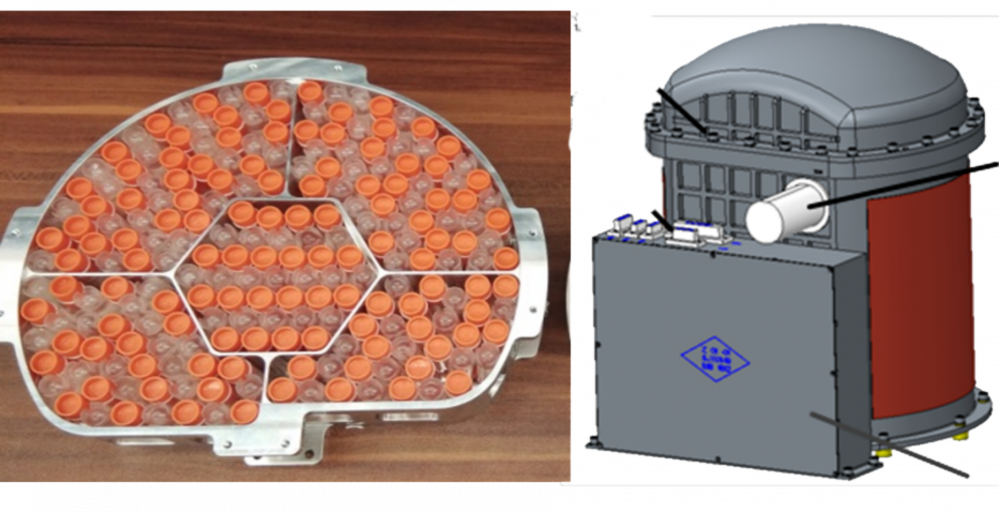
The space itself has low (zero) gravity levels, high vacuum, ultra-clean, and strong electromagnetic radiation environmental conditions. Harnessing the forte of space and combining with pertinent technology, great fruitions have acquired via recoverable satellites:
Space breeding:
The discrepancy between space breeding and genetic modification is that we do not insert any gene fragment from other species. Utilizing the method of backross breeding to fix the positive genetic expression, no residue of radiation will be retained from space environment, which is fair safe for human bodies.




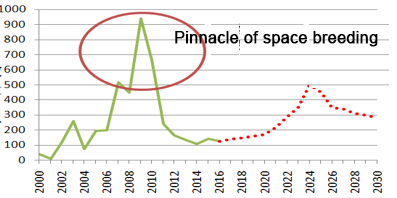

New cash crops vary from fruits to vegetables
Space pharmaceuticals and biotech products:By method of electrophoresis and PZT-wave, the purity of the same drug is increased by 5 times, the speed is increased by 400-800 times, and the monthly output is equivalent to 30-60 years’ production. Space biotech products have been widely used in probiotic industry and industrial catalyzer:
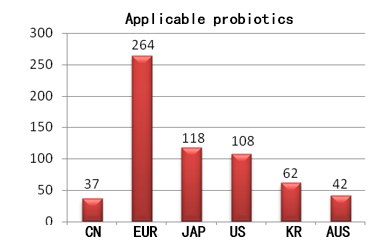

The space environment can render hard-won circumstance for new pharmaceutical production. As space technology unfold itself gradually, we shall see more potentials, including 3D printed human organs, regenerative medicine, and beyond!
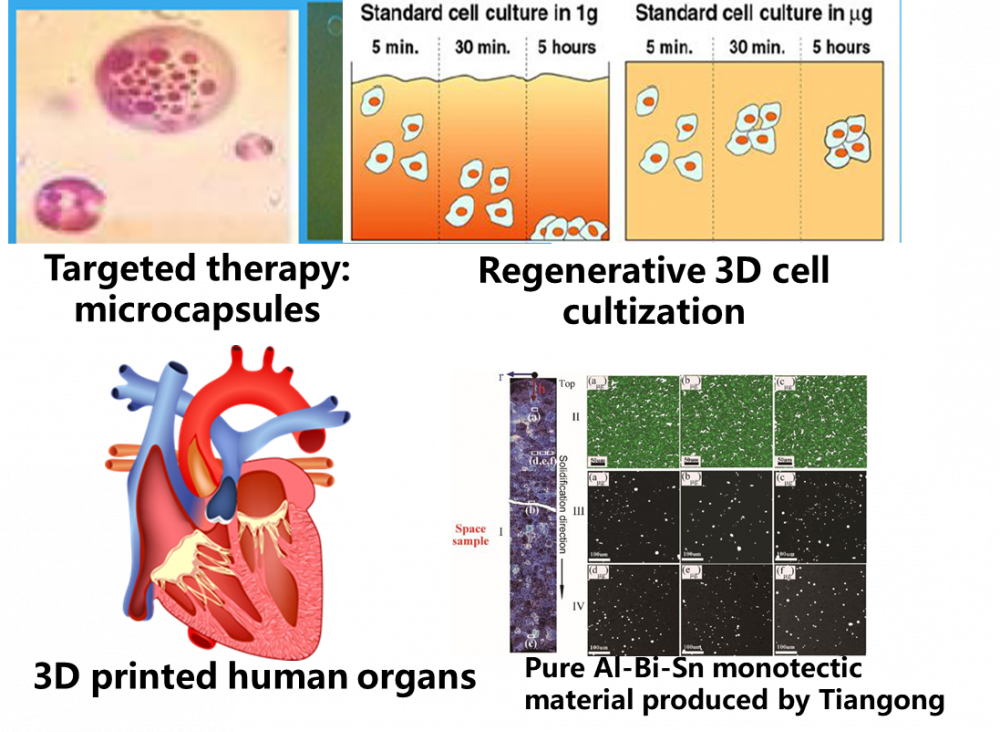
l Cluster Double Star (TC-1/2)
The Double Star Program mission is the first collaborative scientific mission between CNSA (China National Space Administration) and ESA (Europe Space Agency). The satellite is design and developed by DFH. TC-1 was injected into an equatorial orbit and TC-2 into a polar orbit. The TC-1 as the first spacecraft, was launched on December 2003 and the TC-2, was launched on July 2004. The dual-spacecraft mission is dedicated to investigating global physical processes in Earth's magnetic environment and its response to solar disturbances.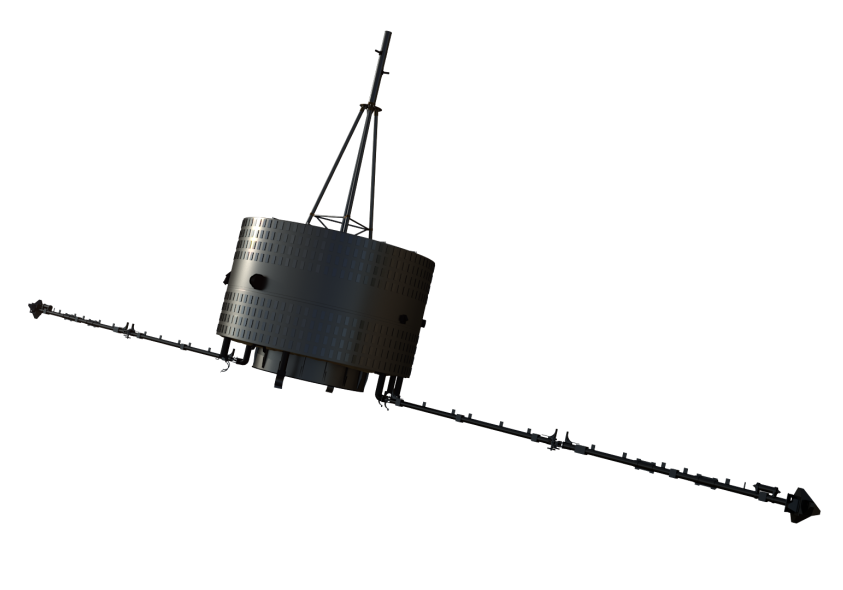
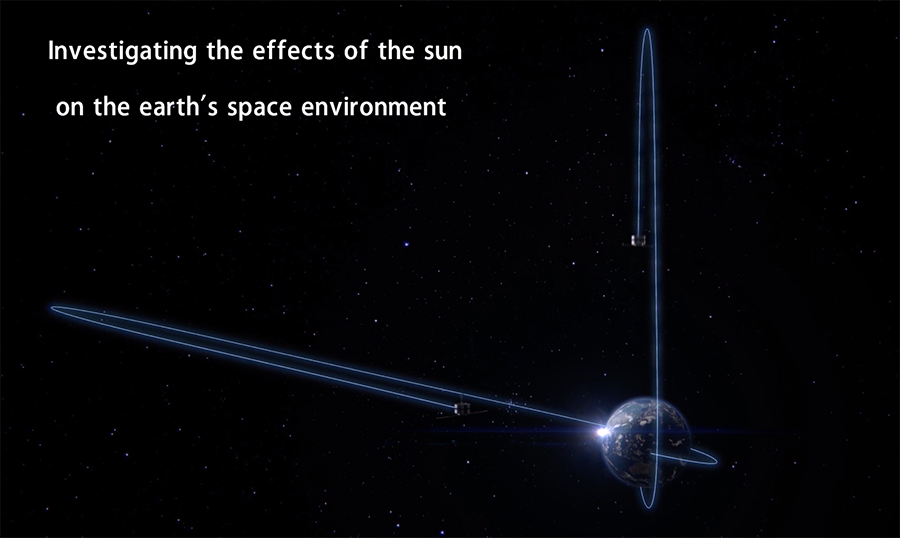
TC-1/2
l XPNAV-1 (X-ray Pulsar-based Navigation-1)
X-ray Pulsar-based Navigation (XPNAV) (or simply Pulsar Navigation), is the process that the spacecrafts can autonomously determine their orbit, time and attitude parameters by using the X-ray photons radiated from the pulsars as natural beacons, so as to guide them to fly to the target orbits or celestial bodies along the designed orbits safely, effectively and just in time. The world's first dedicated pulsar navigation test satellite, known as X-ray Pulsar-based Navigation-1 (XPNAV-1), was successfully launched into the orbit from Jiuquan Satellite Launch Center of China on November 10, 2016. XPNAV-1 is a small satellite with a mass of 243kg, which is designed and manufactured by China Academy of Space Technology (CAST). Its orbit is designed as the Sun synchronization orbit with a local time of 6:00 AM at the descending node, an orbital altitude of 510km and an inclination of 97.4 degrees. XPNAV-1 carries two types of payloads, Time-resolved Soft X-ray Spectrometer (TSXS) and High Time-resolution Photon Counter (HTPC), where TSXS is essentially the grazing incidence X-ray detector focused by a four-layer optics-nested device and HTPC is the collimating-array X-ray detector based on the Micro-Channel Plates (MCP). XPNAV-1 is with a size of 2753mm(X)×1135mm(Y)×1785mm(Z) on the orbit, and its two payloads are mounted along –Z axis and –X axis, respectively.
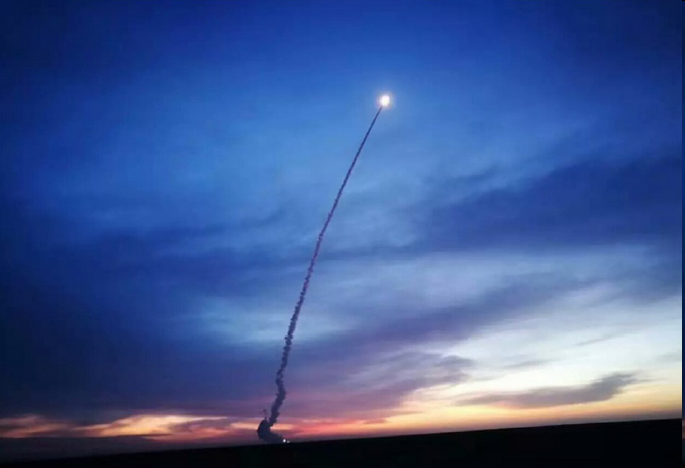
Fig. 1 Scene of XPNAV-1 launched at Jiuquan Satellite Launch Center of China on Nov. 10, 2016
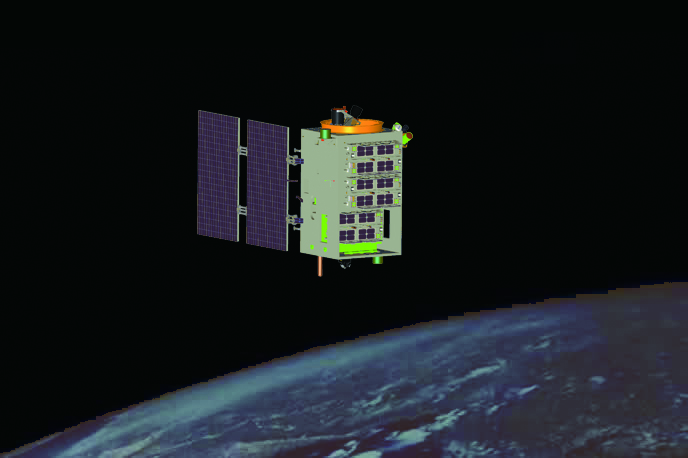
Fig.2 An art effect of the flight attitude of XPNAV-1
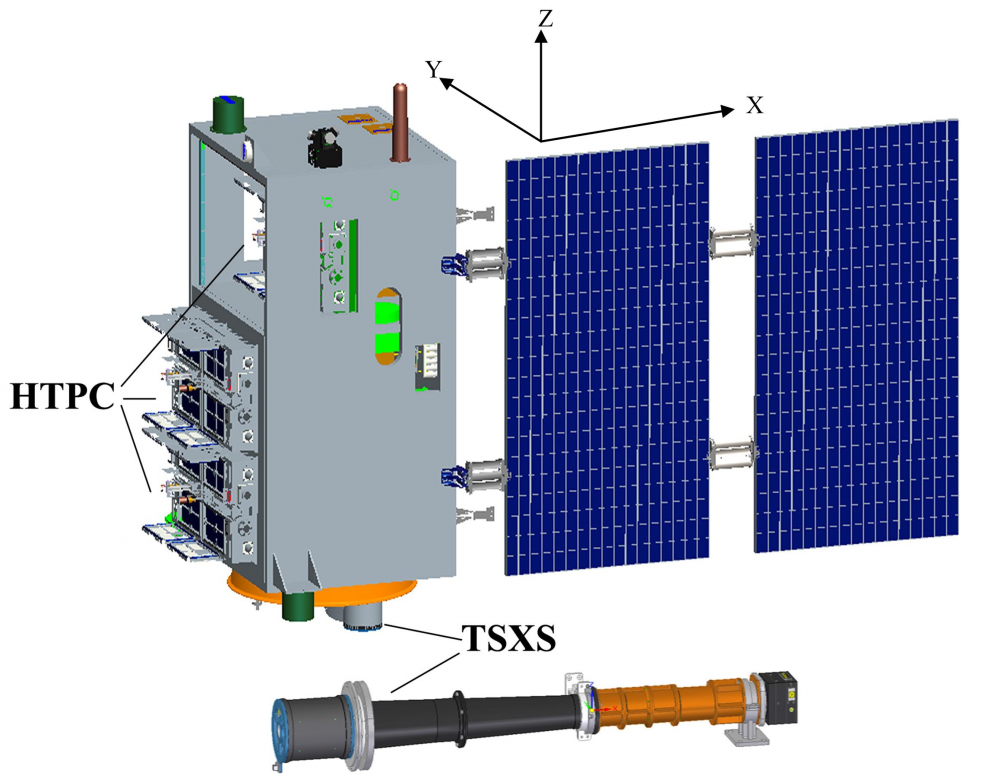
Fig.3 The structural shape and dual-payload configuration of XPNAV-1
In the mission design of XPNAV-1, there are three scientific test objectives: the first is to test two types of X-ray detectors in space environment, and thus to study the space background noise and detectors’ response mechanism; the second is to detect the Crab pulsar or X-ray binary stars and get the pulse profiles, so as to solve the problem of “seeing” pulsars with the X-ray detectors made in China; and the third is to try to observe the low flux X-ray pulsars and verify the mechanism of the pulsar navigation system. In order to achieve the test objectives, eight candidate observation objects are selected, including four Isolated Rotation-Powered pulsars (IRP) and four X-ray Binary stars (XB). Up to now, XPNAV-1 has normally run in the orbit for six years, and a large amount of X-ray pulsar data has been obtained. The scheduled test items have been done, such as observing the typical pulsars and X-ray binary stars, creating the pulsar clock, monitoring the largest glitch of the Crab pulsar between 2017 and 2018, verifying the autonomous orbit determination of XPNAV-1, and so on. From the test results, it can be shown that the orbital errors of XPNAV-1 are convergent completely at the control points, with a root-mean-square error of 38.4km, and therefore the feasibility of the pulsar navigation system is demonstrated preliminarily. The space flight test of XPNAV-1 has attained the expected goal. Currently, the extended science tests are being implemented with the XPNAV-1 satellite.
Since 2005, the CAST’s research team has been devoted to studying the pulsar navigation technology, and written three monographs, X-ray Pulsar-based Navigation System – Principle and Methodology published in 2009, Pulsars – the Lighthouses for Space Flights in 2016, and Understanding Pulsars and Space Navigations in 2021, in the third book of which XPNAV-1 and its test results are introduced systematically and comprehensively.
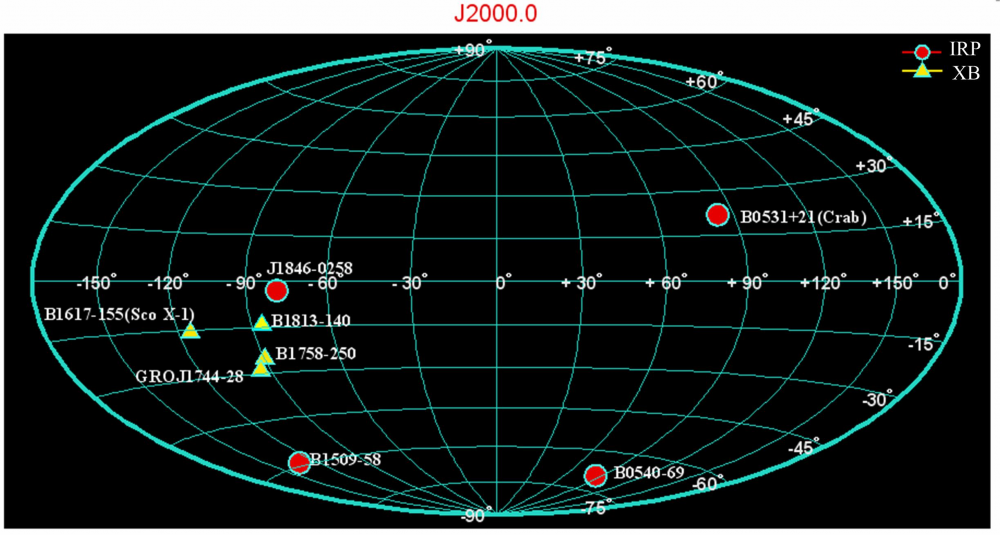
Fig.4 Distribution of eight candidate observation objects on the celestial sphere
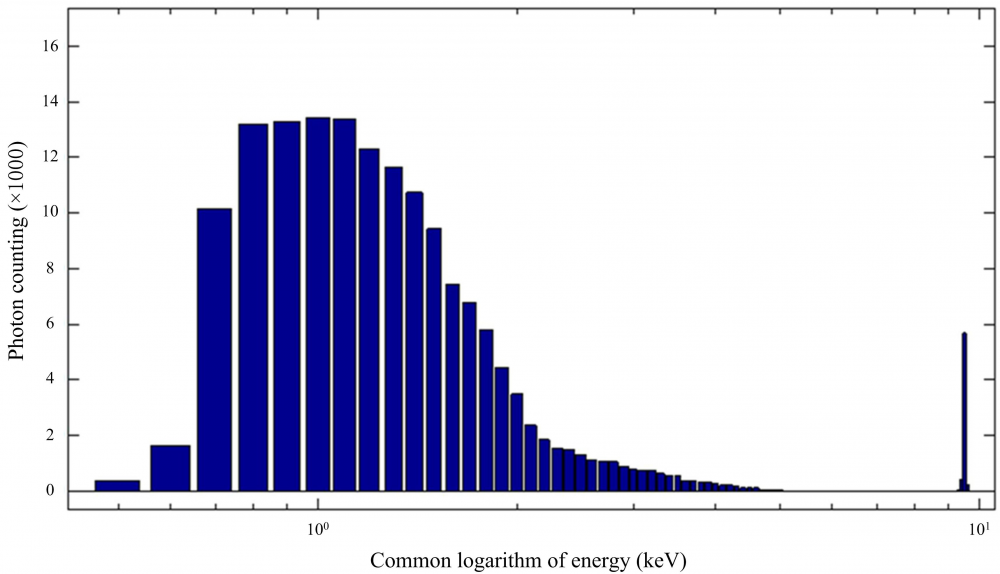
Fig.5 The energy spectrum of Crab pulsar observed by XPNAV-1
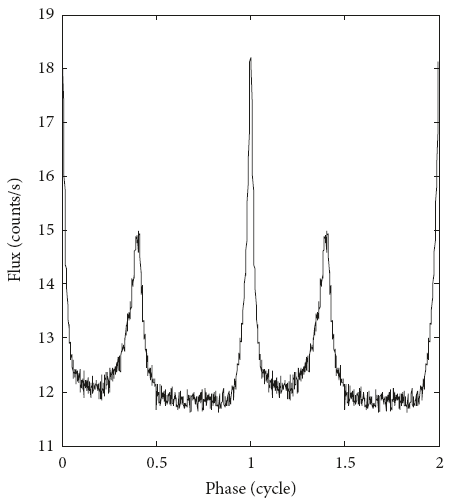
Fig.6 A finer Crab profile obtained by using 162 arc-segments observation data from XPNAV-1

Fig.7 The orbit determination errors obtained at control points by using the observation data from XPNAV-1
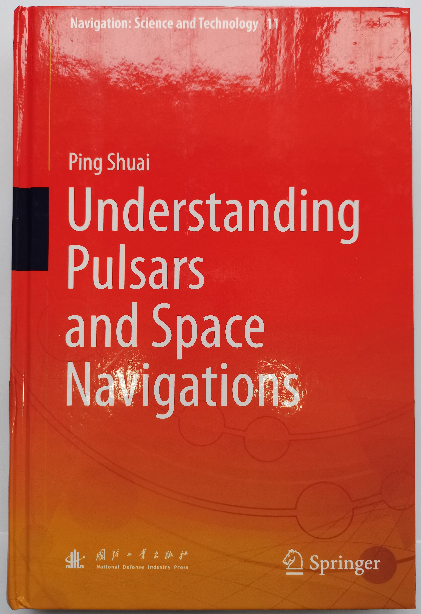
Fig.8 The book published by Springer jointly with National Defense Industry Press of China in May 2021, in which XPNAV-1 and its test results are introduced in details
The pulsar navigation is with a kind of GNSS-like capability throughout the Solar System and beyond so that it has been a research hotspot in the field of astronautic frontier and disruptive technology in the past twenty years. So, the XPNAV-1’s space flight test is a significant milestone for developing the pulsar navigation technology. Launching the XPNAV-1 satellite is only the first step in the program of pulsar navigation test in China. In the future, a series of dedicated test satellites will be developed and launched to verify the X-ray detectors with a large effective-detection-area, and then a space-based reference constellation be constructed specially on the low Earth orbit for the pulsar navigation. The ultimate goal is to achieve the space-based autonomous operation and control for the GNSS constellation, the autonomous navigations for deep space vehicles, and the construction of the space-ground-integrated pulsar time system, so as to speed up and haul the development of cutting-edge space technology.
The China Seismo-Electromagnetic Satellite (CSES) mission is the first satellite measuring geophysical fields in China. The project is cooperated with Italy. It was launched successfully On February 2018. The CSES satellite carries 8 payloads (Search-Coil Magnetometer, Electric Field Detector, High Precision Magnetometer, GNSS Occultation Receiver, Plasma Analyzer Package, Langmuir Probe, High Energetic Particle Package/Detector, and Tri-Band Beacon). Among which, HEPD is provided by Italian Space Agency.
The CSES satellite benefit earthquake science but also geophysics, space science, radio wave science and space weather monitoring. A large number of case study results associated with earthquakes whose magnitudes are larger than Ms6 in China or Ms7 in the world will be acquired.
